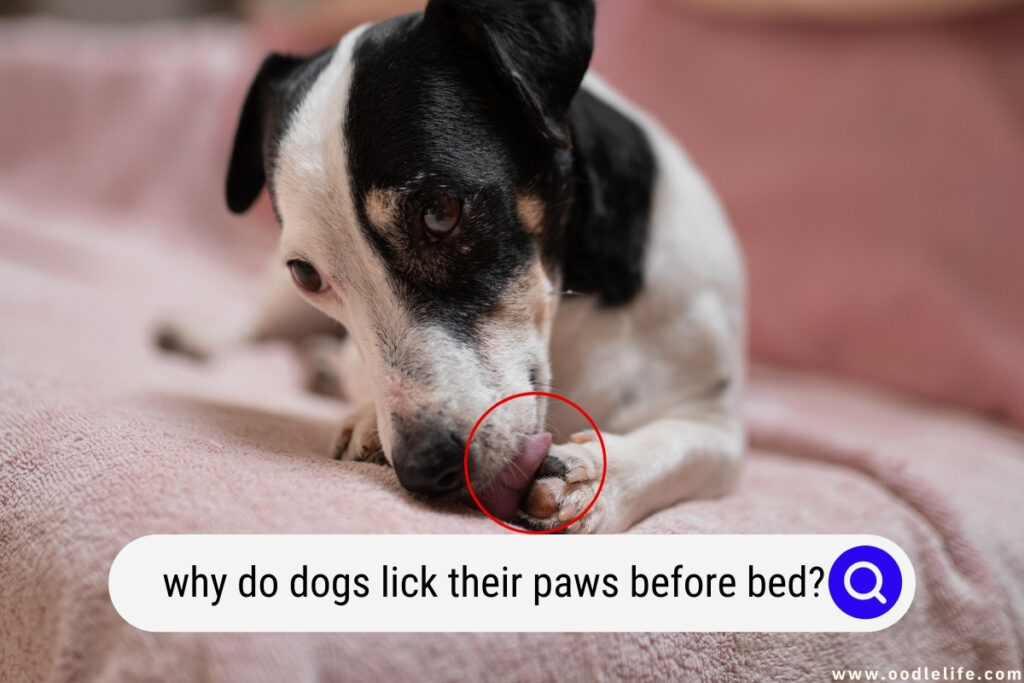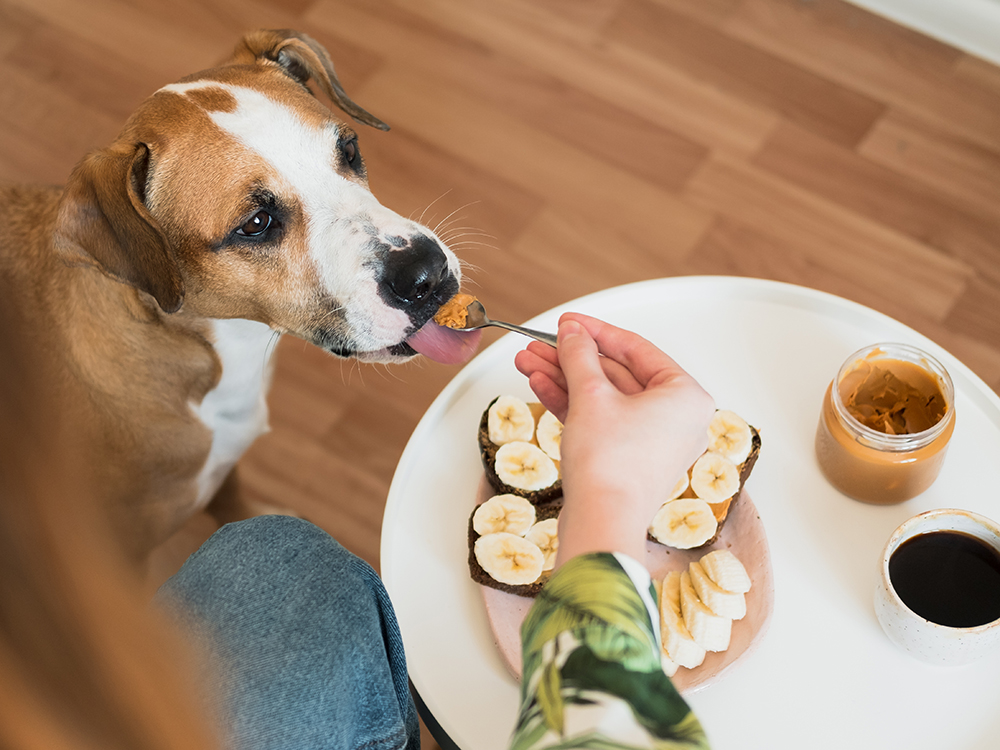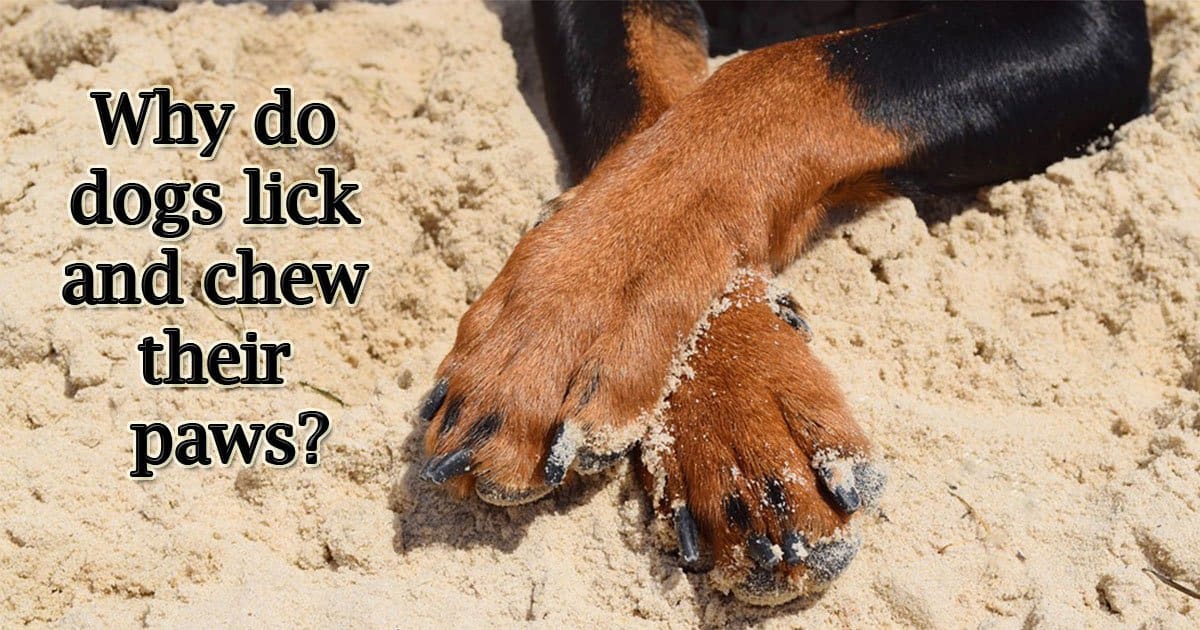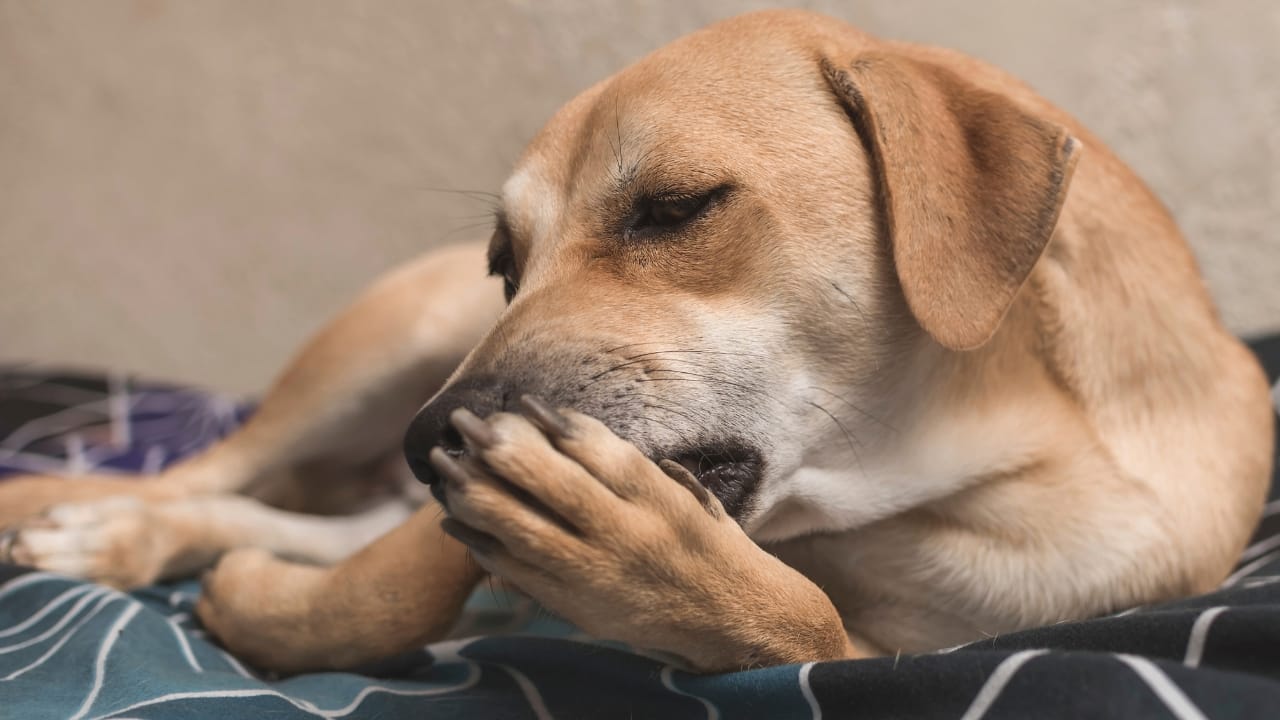Best Dog Food For Dogs That Lick Their Paws

The rhythmic, almost meditative, sound of a dog licking its paws can be deceptively soothing. But for many dog owners, this seemingly harmless behavior is a red flag, a persistent signal that something is amiss. Chronic paw licking is not just a quirky habit; it's often a symptom of underlying issues ranging from allergies to anxiety, and finding the right nutritional approach can be a crucial step toward relief.
At the heart of this issue lies the question: can specific dog food formulations alleviate or even eliminate paw licking? This article delves into the connection between diet and canine paw licking, examining common culprits, potential solutions, and expert opinions. We'll explore how ingredients, processing methods, and even individual dog sensitivities can contribute to this frustrating behavior, offering a comprehensive guide for owners seeking to address the root causes through targeted nutrition.
Understanding the Causes of Paw Licking
Paw licking in dogs is rarely a standalone issue. It's typically a symptom of an underlying problem that requires careful investigation. The most common culprits fall into several categories, including allergies, skin irritations, pain, and behavioral issues.
Allergies are a significant factor. These can be environmental (pollen, dust mites) or, more commonly, food-related. Food allergies often manifest as itchy skin, particularly on the paws, leading to excessive licking. Protein sources like beef, chicken, and dairy are frequent allergens in dogs.
Skin irritations, such as dry skin, infections (bacterial or fungal), and parasites (fleas, mites), can also drive paw licking. Dry skin, especially during winter months or in dry climates, can cause intense itching. Infections and parasites create discomfort that prompts dogs to seek relief through licking.
Pain, whether from an injury, arthritis, or a foreign object lodged in the paw, can cause localized licking. Dogs will instinctively lick at the source of pain in an attempt to soothe the area. Behavioral issues, such as anxiety, boredom, or obsessive-compulsive disorder, can also manifest as paw licking. This type of licking is often compulsive and difficult to interrupt.
The Role of Diet in Managing Paw Licking
Diet plays a pivotal role in managing paw licking, particularly when allergies or skin sensitivities are involved. Identifying and eliminating allergenic ingredients can significantly reduce or eliminate the problem. Choosing the right type of dog food can be an essential part of the solution.
Limited ingredient diets (LIDs) are often recommended for dogs with suspected food allergies. These diets contain a limited number of ingredients, typically a single novel protein source (e.g., duck, salmon, venison) and a single carbohydrate source (e.g., sweet potato, peas). This approach helps to minimize the risk of triggering an allergic reaction.
Hydrolyzed protein diets are another option. In these diets, proteins are broken down into smaller pieces, making them less likely to be recognized by the immune system and trigger an allergic response. Hydrolyzed protein diets can be very effective for dogs with severe food allergies.
Grain-free diets were once widely touted as a solution for allergies, but it's important to note that grains are rarely the actual allergen. The FDA has been investigating a potential link between grain-free diets and canine dilated cardiomyopathy (DCM), a heart condition. It is best to consult with your veterinarian before switching to a grain-free diet.
Key Ingredients to Consider
When selecting a dog food to combat paw licking, certain ingredients can be particularly beneficial. These include omega-3 fatty acids, probiotics, and antioxidants. Choosing the right ingredients can have a significant impact on the health of your dog's skin and coat.
Omega-3 fatty acids, particularly EPA and DHA, have anti-inflammatory properties that can help soothe itchy skin. Fish oil, flaxseed oil, and algae oil are excellent sources of omega-3s. These fatty acids help to support healthy skin and coat and reduce inflammation in the body.
Probiotics support gut health, which is closely linked to skin health. A healthy gut microbiome can help reduce inflammation throughout the body and improve the immune system's response to allergens. Look for dog foods that contain a variety of probiotic strains, such as Lactobacillus and Bifidobacterium.
Antioxidants, such as vitamin E and vitamin C, help protect cells from damage caused by free radicals. They can also support a healthy immune system, making your dog less susceptible to allergies and infections. These antioxidants work to neutralize harmful free radicals and keep your dog's immune system healthy.
Expert Opinions and Recommendations
Veterinarians and veterinary dermatologists emphasize the importance of a holistic approach to managing paw licking. Diet is an important piece of the puzzle, but it's not always the only solution. Consulting with a veterinarian is a vital step.
Dr. Sarah Miller, a veterinary dermatologist at the Animal Skin and Allergy Clinic, states, "Before making any dietary changes, it's essential to rule out other potential causes of paw licking, such as parasites or infections. A thorough examination by a veterinarian is crucial." She also recommends food trials under veterinary supervision to accurately identify any food sensitivities.
Dr. David Anderson, a general practice veterinarian, adds, "Many owners jump to conclusions about food allergies without proper testing. A food elimination trial, where the dog is fed a strict limited ingredient diet for several weeks, is the gold standard for diagnosing food allergies. It is important to work with your vet on any new diet changes."
The Future of Canine Nutrition and Paw Licking
Research into the link between canine nutrition and skin health is ongoing. Scientists are continually discovering new ways to support skin health through diet. New research shows that gut health is closely tied to skin health. Future research may include personalized nutrition plans tailored to individual dogs' needs, based on their genetic makeup and gut microbiome.
The increasing awareness of the role of diet in managing paw licking is empowering dog owners to take a more proactive approach to their pets' health. By working closely with veterinarians and carefully selecting appropriate food options, owners can provide their dogs with the nutritional support they need to overcome this frustrating and often uncomfortable behavior. Finding the right food option can lead to a healthier, happier life for dogs prone to paw licking.


















